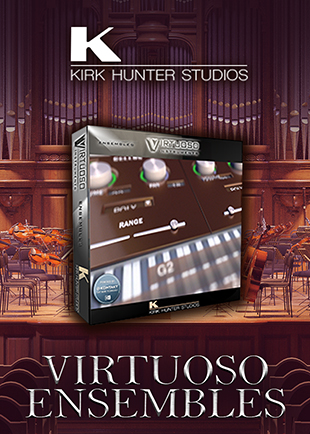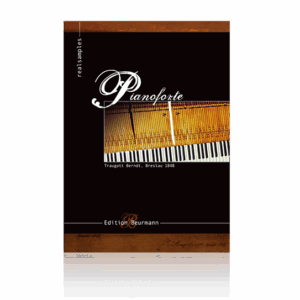From the radio to the cinema, trap style Hi-Hats seem to be everywhere. As such, having the skill to create these Hi Hat patterns will serve you well (even if you don’t make trap music). Considering this, I thought it would be worthwhile going over some easy patterns to help people get started. The techniques below are demonstrated in my video.

Click button below to subscribe to our Youtube channel!
The first pattern to learn is the sixteens. This is essentially having the Hi Hat playing in 16th notes on every beat. Although this sounds too easy, it is a common and effective pattern that has found its way onto many hit records. This pattern is a great way to get started and can be used as a template for further tricks later on.
The Reload: This classic technique almost sounds like a gun reloading. Put these at the end of a phrase of 16th notes. Convert the last note to 2 32nd notes instead of 1 16th note. (For example, if you had 8 16th notes, you would modify this to 7 and have 2 32nd notes at the end).
Machine Guns: This one can sound like the spray of bullets. In my experience this one works well being placed 2 16th notes before a snare hit. Replace the equivalent of 2 16th notes with 8 64th notes. This will sound exciting but should be used sparingly as it can distract your listeners from other elements in your track.
Money Machines: Similar to the whirring sound of the money machine, this pattern uses triplets to create excitement. I usually add these near the end of a pattern as the triplets create polyrhythms that can make the beat feel like it is slowing down. To create these, set your grid to 1/16 triplet notes and add them to your pattern where you think sounds best.
All of these techniques can benefit and be elevated by pitching your hi-hats so that they rise and fall with your music.
Although I recommend taking these Hi-hat patterns much further and creating something new, remember not to overcomplicate your patterns at the expense of your song. The above techniques, although simple, will ensure your Hi-hat patterns are familiar and pleasant for your listeners. Remember:























4 Responses
What is “the money machine”?
they count large amounts of money
Sound examples would have been nice
I mean in the article.. not the video.
Comments are closed.